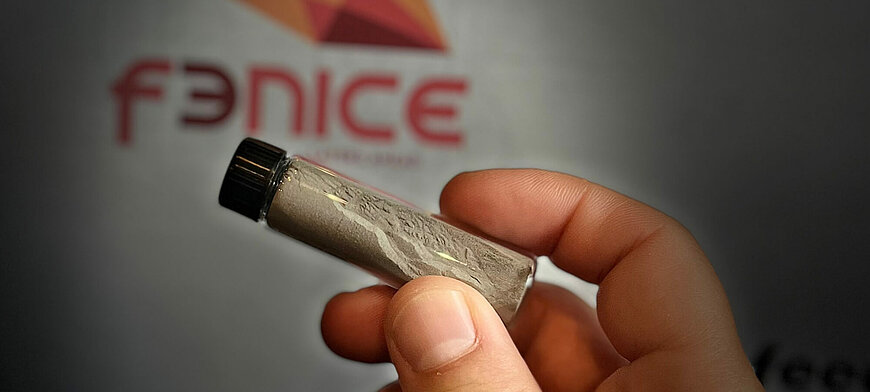Boosting Hardware Life with Efficient Repair



The repair technology is designed to tackle expensive, worn, or damaged components in industries such as manufacturing, aerospace, and automotive. Instead of discarding these components when they degrade, 3D metal printing can be used to precisely repair and rebuild them, thus prolonging their life. This process allows for the restoration of parts to their original specifications or even improving them, making it a more cost-effective and sustainable alternative to manufacturing entirely new parts.
One of the significant advantages of this repair-focused 3D metal printing technology is that it reduces the need for raw materials, energy, and time typically required in traditional manufacturing processes. It also supports the circular economy by promoting the reuse of valuable components.
The repair process is enhanced by innovative 3D printing techniques like Wire & Arc Additive Manufacturing (WAAM) and Laser Direct Energy Deposition (Laser DED), which enables companies to rebuild or repair metal parts efficiently. This makes the technology particularly useful for industries with costly machinery and components, as it helps reduce downtime and the need for full replacements.
This repair technology is using 3D metal printing to fix and extend the lifespan of high-value components, offering a sustainable, cost-effective alternative to part replacement, and supporting broader sustainability goals through material and energy savings.